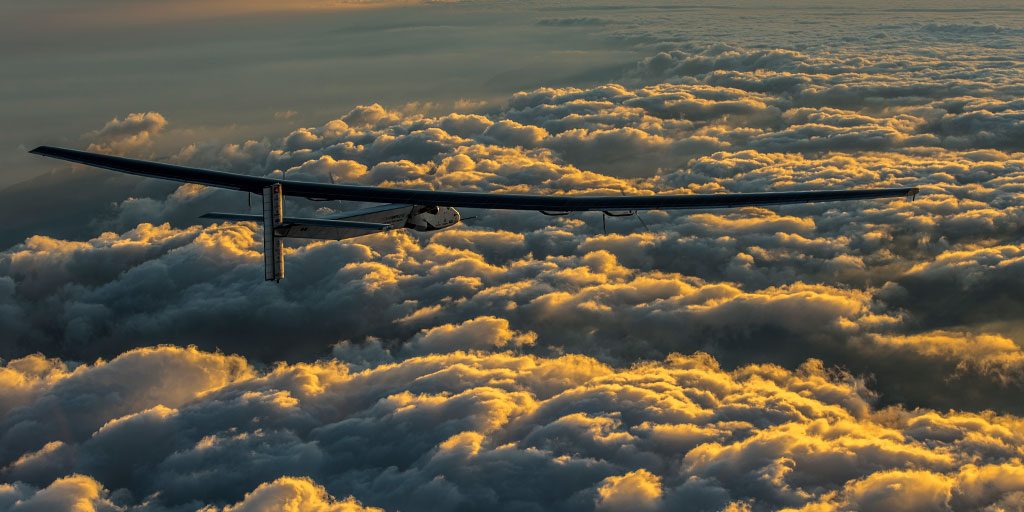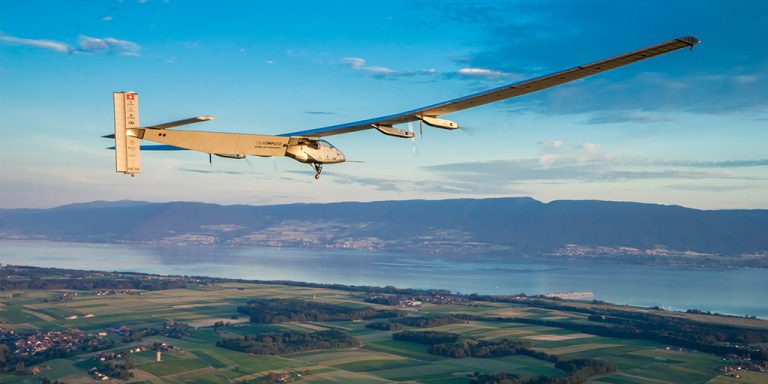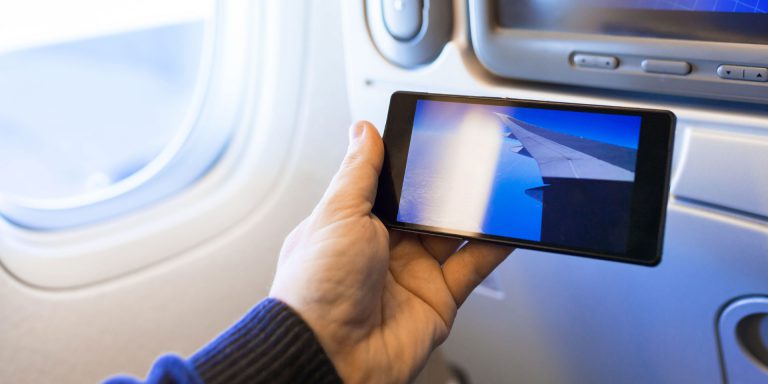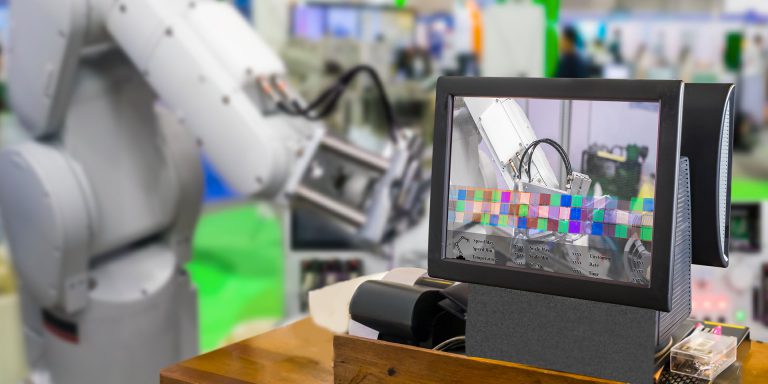Solar Impulse: behind the scenes of US crossing
Leaving San Francisco on 2 May, it took 41 days for the Swiss nationals Bertrand Piccard and André Borschberg to reach New York City aboard Solar Impulse.
Crossing the United States from west to east was not easy, either for the ground crews accompanying the aircraft or for the engineers at the Mission Control Center in Monaco guiding and assisting the pilots during the flight.
A look back on the 5 stage crossing.
Stage 1. San Francisco (California) – Phoenix (Arizona): staying in the correct lane
Takeoff date: 2 May 2016 – Pilot: André Borschberg – Distance: 1113 km – Flight time: 15 hours 52 mins
One of the main challenges for Solar Impulse on the world tour are the flight clearances. The Phoenix leg (southeast of San Francisco) was particularly complex in this respect because there is just a narrow air corridor surrounded by military no-fly zones. “Although we were going south, the difficulty with this flight was avoiding the strong westerly winds that could have pushed us into the no-fly zones,” said Christophe Béesau, Altran’s head of strategy and flight forecasts for Solar Impulse.
Flying into those areas could have ended the Solar Impulse adventure, so they waited for optimal weather conditions with very little wind to finally give André Borschberg authorization for takeoff. For Christophe Béesau the flight was far from easy: “It was very stressful because in case of strong wind, the plane could have deviated from its lane”. Solar Impulse eventually landed safely in Phoenix after an almost 16-hour flight.
Stage 2. Phoenix (Arizona) – Tulsa (Oklahoma): avoiding the tornadoes
Takeoff date: 12 May 2016 – Pilot: Bertrand Piccard – Distance: 1570 km – Flight time: 18 hours and 10 mins
The objective of Solar Impulse’s second flight was to reach the center of the US. During preparations, routing forecasts were particularly difficult to work out because the weather over the eastern part of the United States at that time of year is very variable. “The moist air coming up from the Gulf of Mexico meets the hot air currents from Texas and Oklahoma,” explained Christophe Béesau. As the days go by, the air becomes increasingly hot and the risk of tornadoes increases – “tornado valley” had to be crossed as quickly as possible.
“We finally found the right weather window but still had to identify a hosting solution for the plane’s arrival. We had to quickly resolve all the logistical problems in conjunction with Tulsa airport.” In the end the teams received the final confirmation less than 12 hours from takeoff: Solar Impulse was able to leave again for its next destination.
Stage 3. Tulsa (Oklahoma) – Dayton (Ohio): managing a very short flight turnaround time
Takeoff date: 21 May 2016 – Pilot: André Borschberg – Distance: 1113 km – Flight time: 16 hours 34 mins
The challenges on this stage were mainly on arrival at Dayton. In order to save time, Solar Impulse planned to make a “pit stop” – a short stop for technical maintenance – before almost immediately taking off for Lehigh Valley. It was a difficult situation for the ground crews to manage because it meant installing a mobile hangar twice in a very short period of time. “For one single landing, 8 hours of installation are necessary to safely receive the plane.” Says Christian Le Liepvre, Director of Solar Impulse.
« For one single landing, 8 hours of installation are necessary to safely receive the plane »
Christian Le Liepvre, Altran, Head of the Solar Impulse partnership
But that was without counting on an unexpected event that would keep Solar Impulse on the ground a little longer than expected…
Stage 4. Dayton (Ohio) – Lehigh Valley (Pennsylvania): bouncing back after the incident with the hangar
Takeoff date: 25 May 2016 – Pilot: Bertrand Piccard – Distance: 1044 km – Flight time: 16 hours 49 mins
As the plane was about to take off again for Lehigh Valley, the Solar Impulse team faced a major issue: there was a fault in the hangar inflator system housing the plane. The system had to be repaired as quickly as possible in order to prevent the 2.5 tonnes of the hangar structure collapsing onto the plane. The problem was resolved after a few minutes, but a part of the hangar had already partially collapsed on the aircraft’s wings.
Nearly 24 hours of checks on the aircraft were needed and a new flight plan had to be worked out at top speed by the Altran team in Monaco, as weather patterns had significantly changed in the meantime. “Large clouds had formed on the route which prevented us accumulating as much energy as we would have liked; every unexpected little cloud could have deprived the plane of the energy needed to complete the stage,” said Christophe Béesau. But the simulations were sufficiently accurate and reliable for the decision to be made to fly and thus minimize the delays caused by the incident with the hangar.
Solar Impulse will have safely landed after a 16h49 flight.
Stage 5. Lehigh Valley (Pennsylvania) – New York City (New York): following in Lindbergh’s footsteps
Takeoff date: 10 June – Pilot: André Borschberg – Distance: 262 km – Flight time: 4h43
After the first flight had been delayed due to meteorological difficulties, this final stage of the United States crossing was relatively short, but carried a great deal of emotion. The excitement was also visible on every face as Solar Impulse began hovering over the Statue of Liberty.
« We’re following in the footsteps of Lindbergh »
Christophe Béesau, Altran, in charge of strategy and flight forecasts for Solar Impulse
The choice of the “Big Apple” as the final stage in the United States was not an accident. “We’re following in the footsteps of Lindbergh,” enthused Christophe Béesau. Aboard the Spirit of St. Louis, Charles Lindbergh was the first aviator to make the solo flight across the Atlantic, going from New York City to Paris on 20 and 21 May 1927. Solar Impulse will need two or three times more time in order to do the same thing in a few days’ time.








